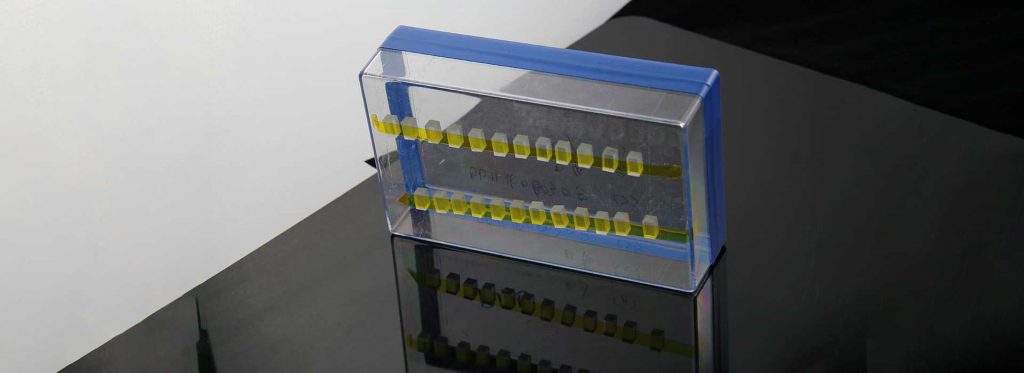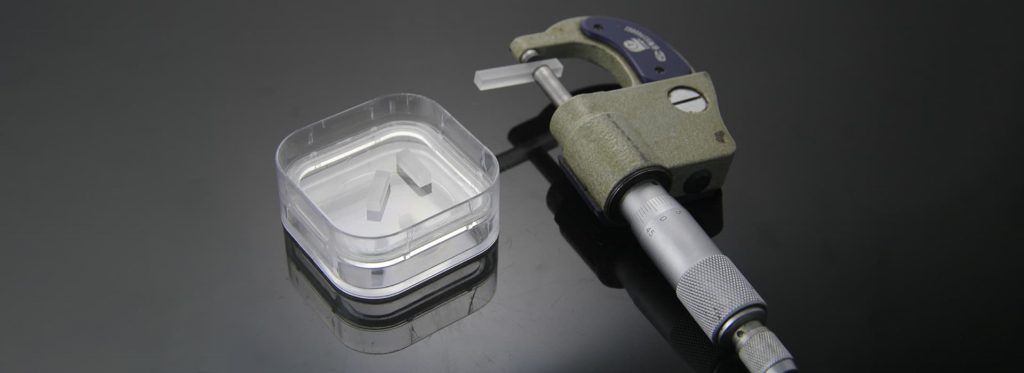Unveiling the Magic of Nonlinear Crystals
Nonlinear optical (NLO) crystals, often known as nonlinear crystals, are pivotal to the exciting field of photonics and laser technology. They are unique materials, possessing the extraordinary ability to modify the frequency, intensity, polarization, and direction of the light that passes through them.
These crystals operate under nonlinear optics principles, a fascinating subfield of optics that explores the interaction between light and matter, specifically when the response is nonlinearly related to the light field’s intensity. This unique property enables intriguing applications such as frequency doubling, optical parametric oscillation, and more.
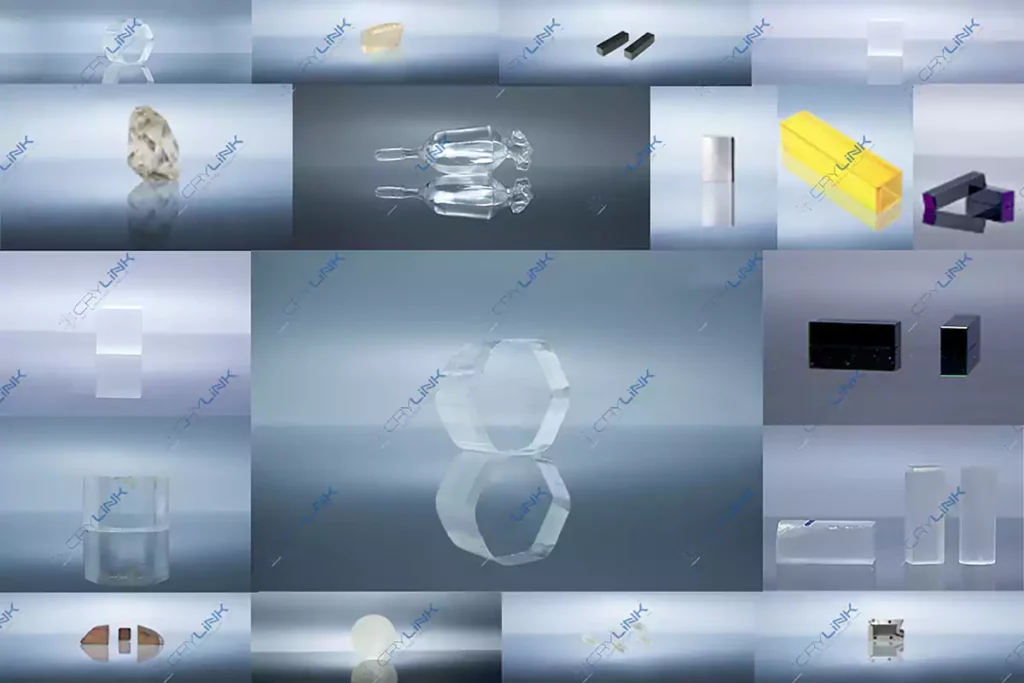
The choice of NLO crystal is based on properties like high nonlinear coefficients, broad transparency range, and high damage thresholds. For example, the nonlinear coefficient measures the crystal’s efficiency in changing light frequency. Simultaneously, the transparency range and damage thresholds ensure the crystal’s suitability for various wavelengths and high-intensity light without degrading or damaging its structure.
These crystals are vital in numerous sectors. They’re applied in industrial laser systems for materials processing, medical instruments, and high-resolution microscopy. In research, they’re used to investigate light-matter interaction principles and practical applications like laser design.
Despite current advancements, the nonlinear optics field remains full of potential. Ongoing research aims to discover new nonlinear crystals with even better performance, promising a bright future for photonics and laser technology.
A Closer Look at Beta-Barium Borate (BBO) Crystals
Beta-Barium Borate (BBO) crystals are a prominent example of nonlinear crystals. They are renowned for their high nonlinear optical coefficients, low group-velocity dispersion, and broad transparency range from 185 nm to 3.3 µm.
Physical and Chemical Properties of BBO Crystals
BBO crystals have a chemical formula of BaB2O4 and a trigonal crystal structure. These crystals exhibit a negative uniaxial birefringence, meaning they have two different refractive indices. Their melting point is about 1095°C, making them stable at high temperatures, and their mass density is 3.85 g/cm³, indicative of their solid nature.
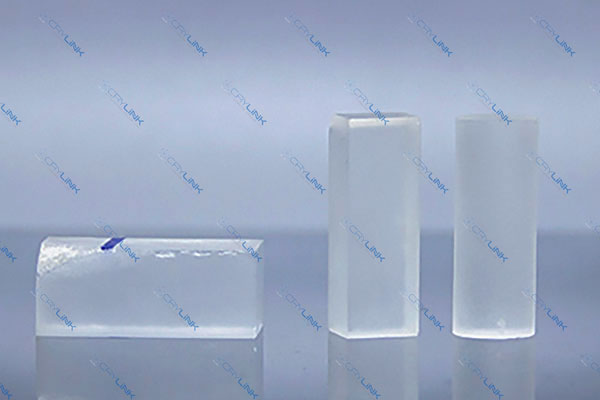
Nonlinear Optical Properties of BBO Crystals
Regarding NLO properties, BBO crystals display an SHG (Second Harmonic Generation) phase-matchable range from 409.6 nm to 3500 nm for Type I and 525 nm to 3500 nm for Type II. The NLO (Nonlinear Optical) coefficients of BBO crystals are significant, making them highly efficient for frequency conversion processes.
Introduction to Zinc Germanium Phosphide (ZGP) Crystals
Zinc Germanium Phosphide (ZGP) crystals are another valuable type of nonlinear crystal. They are particularly suited for mid-infrared devices like Second Harmonic Generation (SHG), Sum Frequency Generation (SFG), Optical Parametric Oscillators (OPO), and Optical Parametric Generators/Amplifiers (OPG/OPA) due to their high nonlinear susceptibility and good optical transparency over the range of 740 – 12000 nm.
Physical and Chemical Properties of ZGP Crystals
ZGP crystals, with the chemical formula ZnGeP2, have a tetragonal crystal structure. A positive uniaxial birefringence characterizes them and exhibits a mass density of 4.16 g/cm³. Their melting point is around 1040°C, slightly lower than that of BBO crystals but still high enough to ensure stability in most applications.
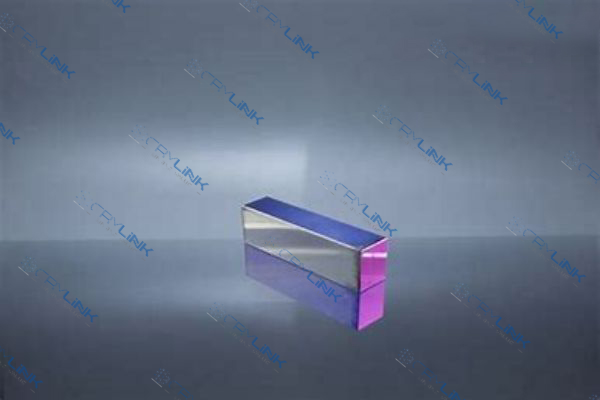
Nonlinear Optical Properties of ZGP Crystals
Regarding nonlinear optical properties, ZGP crystals offer an SHG phase matchable range from 3177 nm to 10357 nm for Type I. Their NLO coefficient is approximately 160 times larger than KDP (Potassium Dihydrogen Phosphate), a commonly used nonlinear crystal, making ZGP crystals a highly efficient choice for mid-infrared applications.
Yttrium Calcium Oxyborate (YCOB): A Crystal of Many Talents
Yttrium calcium oxyborate (YCOB) is a nonlinear optical crystal primarily used for frequency conversion in lasers. Its advantageous features, such as high nonlinear optical coefficients and low group-velocity dispersion, make it suitable for applications such as frequency converters and optical parametric oscillators. In quantum optics, YCOB can generate entangled photon pairs and ten-photon entanglement.
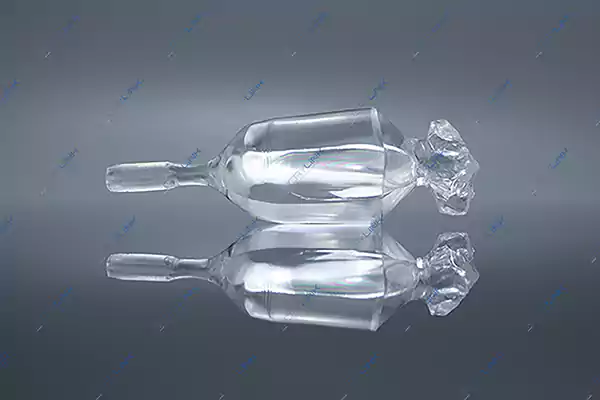
The YCOB crystal has a broad transparency range of 189 – 3500 nm and a high damage threshold, which makes it an excellent candidate for nonlinear optical applications. The crystal has a negative uniaxial nature, which allows it to provide phase matching for various second-order interactions nearly over its entire transparency range. This property is especially beneficial for near-infrared optical parametric chirped-pulse amplifiers, which currently deliver few optical cycle pulses with high average and ultrahigh peak powers.
The physical and chemical properties of YCOB include:
- A trigonal crystal structure.
- A mass density of 3.85 g/cm3.
- A Moh hardness of 4.
- A melting point of approximately 1095°C.
Its thermal conductivity is 1.2 W/m/K (perpendicular to the c axis) and 1.6 W/m/K (parallel to the c axis). Its thermal expansion coefficients are α=4×1-6/K, and c=36×10-6/K.
The linear optical properties of YCOB, such as refractive indices at different wavelengths and the Sellmeier equations, are key parameters for designing and implementing optical systems.
The nonlinear optical properties of YCOB include SHG Phase Matchable Range 409.6 ∼ 3500nm (Type I), 525 ∼ 3500nm (Type II), and NLO Coefficients.
In conclusion, YCOB is a versatile nonlinear optical crystal with various properties that make it an excellent material for various applications in laser technology and quantum optics.
Magnesium-doped Lithium Niobate (MgO:LiNbO3): Master of Electro-Optic Modulation
Magnesium-doped Lithium Niobate (MgO:LiNbO3) is a well-known nonlinear optical crystal with diverse applications. Its efficiency in frequency doubling of high-power Nd:YAG lasers makes it an indispensable part of several optical devices.
The crystal’s physical and chemical properties, such as its trigonal crystal structure and mass density of 4.64 g/cm³, contribute to its functionality. The thermal expansion coefficient of MgO:LiNbO3 is α11=15.8, α33=4.8, suggesting its good thermal stability.
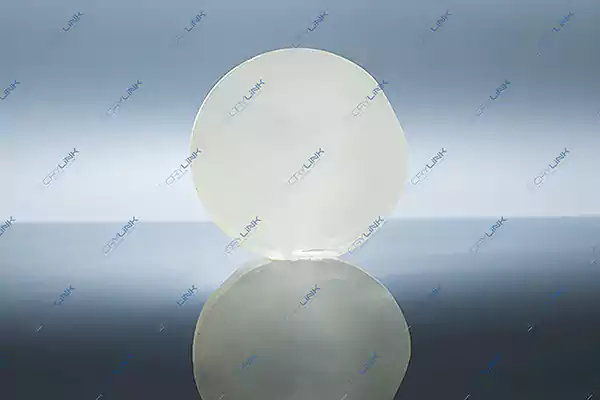
In terms of optical properties, it has a transparency range of 350 – 5000 nm, with a refractive index of no = 2.2003 and ne = 2.1422 at 1.064 µm. The Sellmeier equations, which model the wavelength dependence of the refractive index, are given as no2(λ) = 5.35583 + 0.100473/λ2 – 0.20692 and ne2(λ) = 5.06994 + 0.098171/λ2 – 0.202241.
The crystal’s nonlinear optical properties include an SHG phase matchable range from 515 to 3500 nm and an NLO coefficient d33 = 32 pm/V. Its damage threshold is a remarkable 1 GW/cm2, making it resilient to high-power operations.
Lithium Triborate (LBO): The High-Intensity Champion
Lithium Triborate (LBO) is renowned in photonics, mostly for its high damage threshold, wide transparency range, and excellent optical homogeneity. As a result, LBO crystals are ideally suited for use with high-power lasers. They are employed extensively in frequency doubling, tripling, and quadrupling of Nd:YAG lasers, effectively reducing the laser light’s wavelength to generate higher frequencies. LBO crystals exhibit great potential in optical parametric oscillation due to their exceptional nonlinear optical coefficients. This versatility and thermal stability make LBO crystals a go-to material in numerous industrial and scientific applications.
Cesium Lithium Borate (CLBO): The Ultraviolet Specialist
Renowned for their unique properties, Cesium Lithium Borate (CLBO) crystals hold significant potential in the laser and photonics industry. These nonlinear optical crystals excel in generating high-energy ultraviolet (UV) lasers, converting the frequency of solid-state lasers, and other laser frequency-shifting applications.
CLBO crystals stand out for their broad transparency range (180 nm to 2600 nm), large nonlinear optical coefficients, and non-hygroscopic nature. These features and robust mechanical properties provide longevity and stability in demanding environments, making CLBO crystals ideal for both industrial and research applications.

One of the major uses of CLBO crystals lies in UV light generation via frequency conversion, enabling them to produce the fourth and fifth harmonics of an Nd:YAG laser. This capability has far-reaching implications for precision manufacturing, medical applications, and high-resolution microscopy.
Thanks to their large acceptance angle and high damage threshold, CLBO crystals are well-suited for high-power laser systems, efficiently withstanding high-intensity laser beams. Furthermore, their transparent nature allows their use in parametric oscillation, converting an incoming laser wave into two outgoing waves of different frequencies.
In conclusion, CLBO crystals, with their distinct physical and optical properties, play a crucial role in advancing laser and photonics technology, demonstrating their importance in various applications.
Potassium Niobate (KNbO3): The Frequency Manipulator
Potassium Niobate (KNbO3) is an exceptional nonlinear optical crystal, treasured for its impressive electro-optic coefficients and high transparency in the visible wavelength range. These properties have led to its extensive use in diverse applications, especially in electro-optic modulation, where it plays a vital role in adjusting the phase and polarization of light. The ability of KNbO3 crystals to efficiently convert the frequency of light also makes them useful for frequency doubling, where they generate the second harmonic, effectively halving the wavelength of the incoming light. Furthermore, KNbO3‘s potential extends to optical parametric oscillation, which splits an incoming laser wave into two waves with different frequencies.
Bismuth Triborate (BIBO): Newcomer with a Punch
Bismuth Triborate (BIBO) is a comparatively newer nonlinear crystal that has quickly become an important player in nonlinear optics. Noted for its large nonlinear optical coefficients and broad transparency range, BIBO crystals are especially adept at frequency conversion processes. This includes second, third, and fourth harmonic generation and optical parametric oscillation. BIBO crystals also possess a high damage threshold, making them highly resilient to intense laser light. These qualities render BIBO crystals exceptionally useful in high-power laser systems, where they can withstand extreme light intensities while efficiently converting the laser light’s frequency.
Conclusion: The Future of Nonlinear Crystals
The future of nonlinear crystals looks promising, with ongoing research and advancements. With their distinctive properties, these unique materials continue to propel the frontier of photonics and laser technology, enhancing various scientific and industrial applications.

Frank
Frank graduated from the University of Shanghai for Science and Technology, majoring in optics. As a technical engineer at Crylink Company, he deeply understands crystal materials and laser components.
Related Video(s) with this Article
Related Product(s) with this Article
Related Application(s) with this Article




